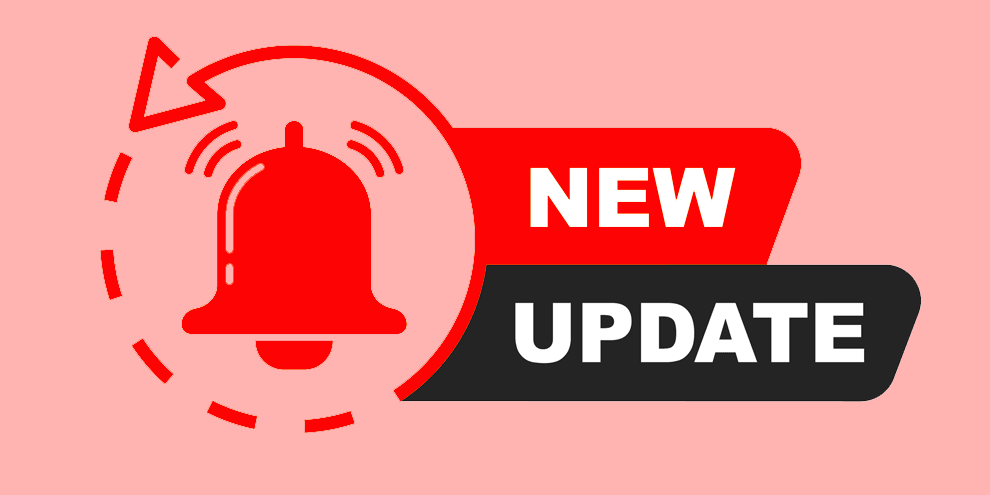Service evaluates UPC symbols to improve first pass read rates
In an effort to improve first pass read rates on retail scanners, Information Resources, Inc. (IRI) has introduced "FirstPass 97," a UPC symbol evaluation service that will provide manufacturers with an independent evaluation of new item UPC symbols.
"FirstPass 97 targets a first pass read rate of 97 percent, which is a stated industry goal," says Dale Hanlon, associate director of FirstPass 97. "In addition to improving first pass read rates, FirstPass is part of an industry effort to obtain higherproductivity, higher quality scanner data - and in turn, relieve consumer frustration."
Retailers report that first pass read rates on scanners have declined since scanners were first installed in the late 70s. In the late 80s, leading retailers discovered that poor quality or inaccurate UPC codes resulted in multiple scans, leading to higher labor costs and an increased error rate.
IRI's evaluation service is one part of the symbol quality improvement program outlined by the Food Marketing Institute (FMI) and Uniform Code Council (UCC) in May 1991. In addition to the third party service, FMI and UCC will also review current UPC symbol standards, rewrite barcode specifications and develop a common standard for barcode verifiers.
The new service evaluates symbols at various stages of the product design stage using a series of tests. First, the UPC code is checked in IRI's UPC Dictionary, an online database of over two million UPC coded products, to determine if a duplicate code exists. Then, a physical product check is conducted to evaluate code size, symbol location, truncation (cutting of height of barcode bars), etc. IRI then performs a first pass evaluation, actually passing the products across scanners multiple times to obtain a first pass read rate. Last, IRI checks the symbol print quality using bar code verifiers to determine if the UPC symbol is properly printed.
IRI's service center simulates in-store scanning with two lanes of POS equipment, one flatbed or slot scanner and a hand-held scanner to get first pass read rates. After evaluating the code via POS equipment, the code is then verified using standard industry equipment such as the Quick Check 500, Inspector IV and AutoScan verifiers. The Quick Check 500 and Inspector IV look at the UPC codes in the same manner as a scanner and measure the reflective light from the barcode. AutoScan can also evaluate the code's film master before it is printed.
After the test, IRI compiles a written evaluation based on industry ANSI standards and submits the results to the manufacturer on those specific UPC-coded items evaluated.
Book profiles brand usage
Standard Rate & Data Service (SRDS) and Simmons Market Research Bureau, Inc. have combined resources to create a brand usage book, BrandAdvantage: A Profile of Consumer Brand Usage. Simmons has compiled two years of brand usage information derived from over 40,000 interviews conducted in 13,000 households for leading packaged and non-packaged goods brands. In printed format, BrandAdvantage will provide profiles of over 3,800 consumer brands and 300 product categories, examining brand penetration, usage, and user activity for men and women 18 years and older. The annual two-volume set is organized by brand classifications such as beverages & mixes, health care products, appliances & computers, and baby & children's products. These categories are further divided into product categories. Performance data is provided for thousands of specific brand name products.
Update for Raosoft SURVEY available
A new update to Raosoft SURVEY (a DOS-based statistical database for surveys and questionnaires of all types) provides access to both extended and expanded memory, additional graphical printer support, and other features. Version 2.0 will be shipped automatically to registered owners of Raosoft
SURVEY and SURVEYFirst. Printer support for graphics, before available for PostScript printers, has been expanded to support HP III printers with two ormore megabytes of memory. The query option will now accept multiple write-in selections, as many as will fit in the input window. Other enhancements include the option to print only questions which have been filled with data, rather than including all questions - empty as well as answered. In addition, the new database management command of "create query database" gives additional capacity for selecting out and handling subgroups of data.
